Growing Renewable Energy Sector
The expansion of the renewable energy sector is driving demand for battery storage solutions, which in turn fuels the Battery Metal Market. As solar and wind energy installations increase, the need for efficient energy storage systems becomes critical. Batteries play a vital role in stabilizing energy supply and ensuring grid reliability. In 2025, The Battery Metal Market is projected to reach over 200 GWh, necessitating a substantial supply of battery metals. This growth presents opportunities for companies involved in the extraction and processing of these materials, as they seek to meet the rising demand from the renewable energy sector.
Government Policies and Incentives
Government initiatives aimed at promoting clean energy and reducing carbon emissions are significantly impacting the Battery Metal Market. Various countries are implementing policies that encourage the production and adoption of batteries, particularly for renewable energy storage and electric vehicles. For example, tax incentives and subsidies for battery manufacturers are becoming more common, which may stimulate investment in the sector. In 2025, it is anticipated that these policies will lead to an increase in domestic production of battery metals, thereby reducing dependency on imports. This trend could enhance the resilience of the Battery Metal Market, as local supply chains become more robust.
Rising Demand for Electric Vehicles
The increasing adoption of electric vehicles (EVs) is a primary driver of the Battery Metal Market. As consumers and governments prioritize sustainability, the demand for EVs is projected to rise significantly. In 2025, the number of electric vehicles on the road is expected to surpass 30 million, leading to a corresponding increase in the need for battery metals such as lithium, cobalt, and nickel. This surge in demand is likely to create a competitive landscape among manufacturers, pushing them to secure reliable sources of these essential materials. Consequently, the Battery Metal Market is experiencing heightened interest from investors and stakeholders, as the transition to electric mobility appears to be a long-term trend that will shape the future of transportation.
Supply Chain Challenges and Resource Scarcity
The Battery Metal Market is currently facing challenges related to supply chain disruptions and resource scarcity. As demand for battery metals escalates, concerns regarding the availability of key materials such as lithium and cobalt have emerged. Geopolitical tensions and environmental regulations can exacerbate these issues, leading to potential shortages. In 2025, it is expected that companies will need to adopt more sustainable sourcing practices to mitigate risks associated with resource depletion. This situation may drive innovation in recycling technologies and alternative materials, ultimately reshaping the landscape of the Battery Metal Market.
Technological Innovations in Battery Chemistry
Advancements in battery technology are reshaping the Battery Metal Market. Innovations such as solid-state batteries and lithium-sulfur technologies promise to enhance energy density and reduce costs. These developments could potentially lead to a decrease in the reliance on traditional battery metals, thereby influencing market dynamics. For instance, the introduction of new chemistries may alter the demand for specific metals, creating opportunities for emerging players in the market. As research and development efforts continue, the Battery Metal Market is likely to witness shifts in material preferences, which could redefine supply chains and sourcing strategies.


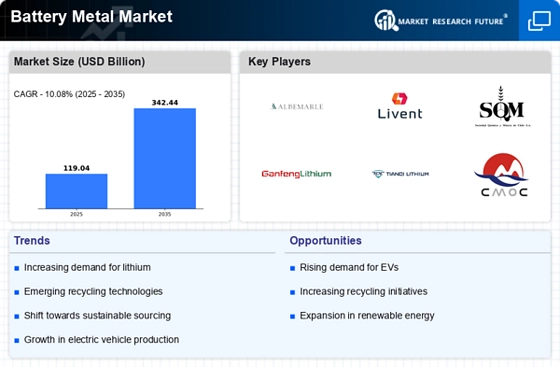


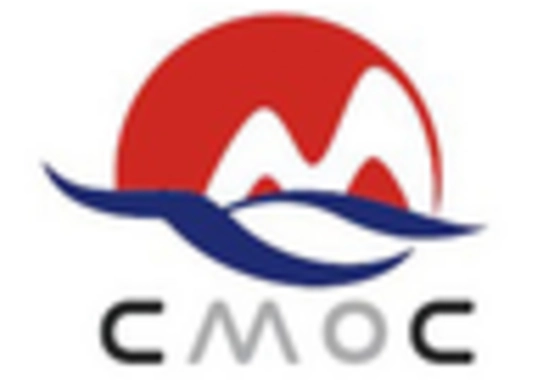
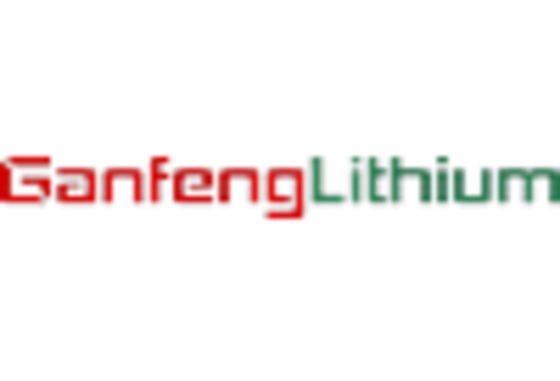
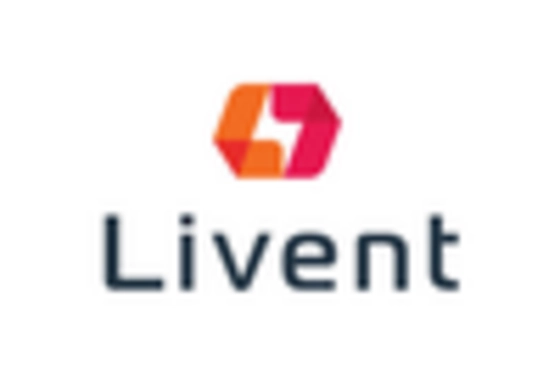

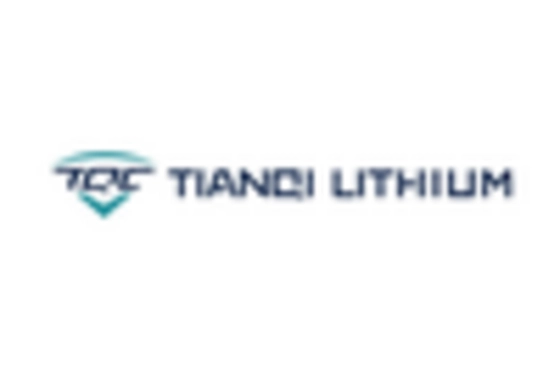








Leave a Comment